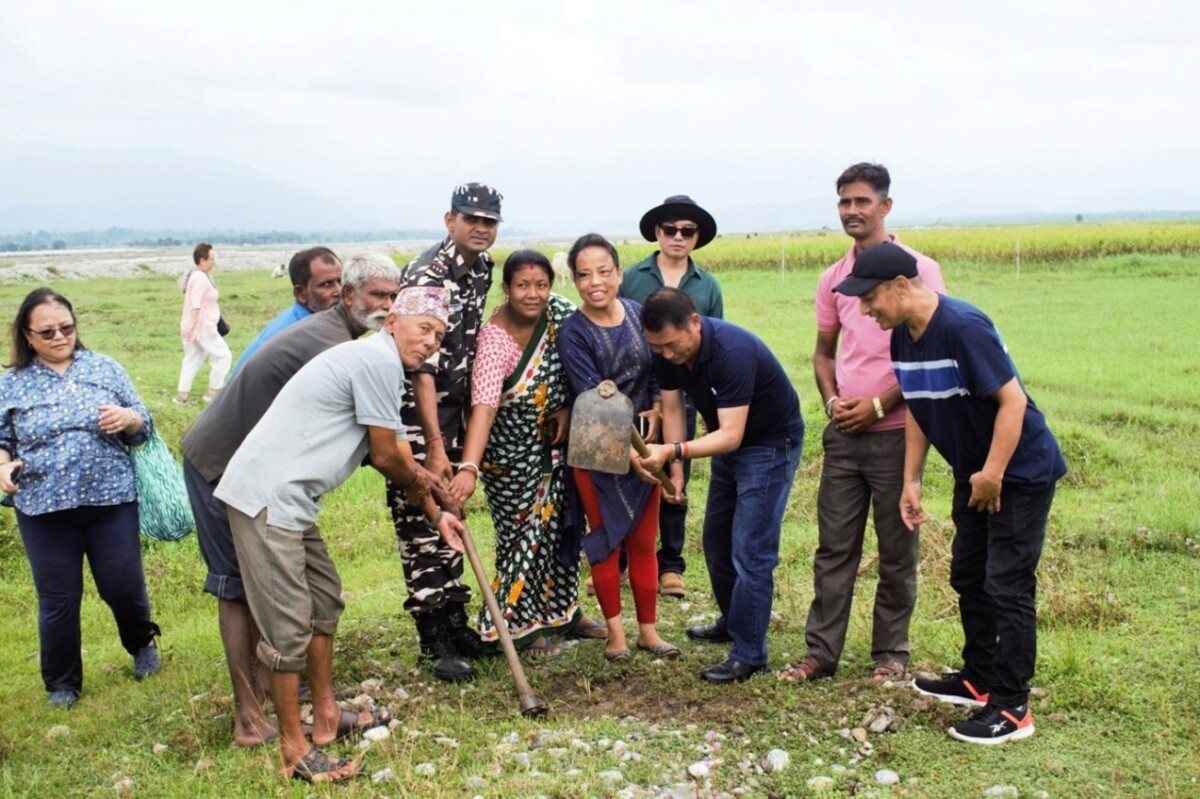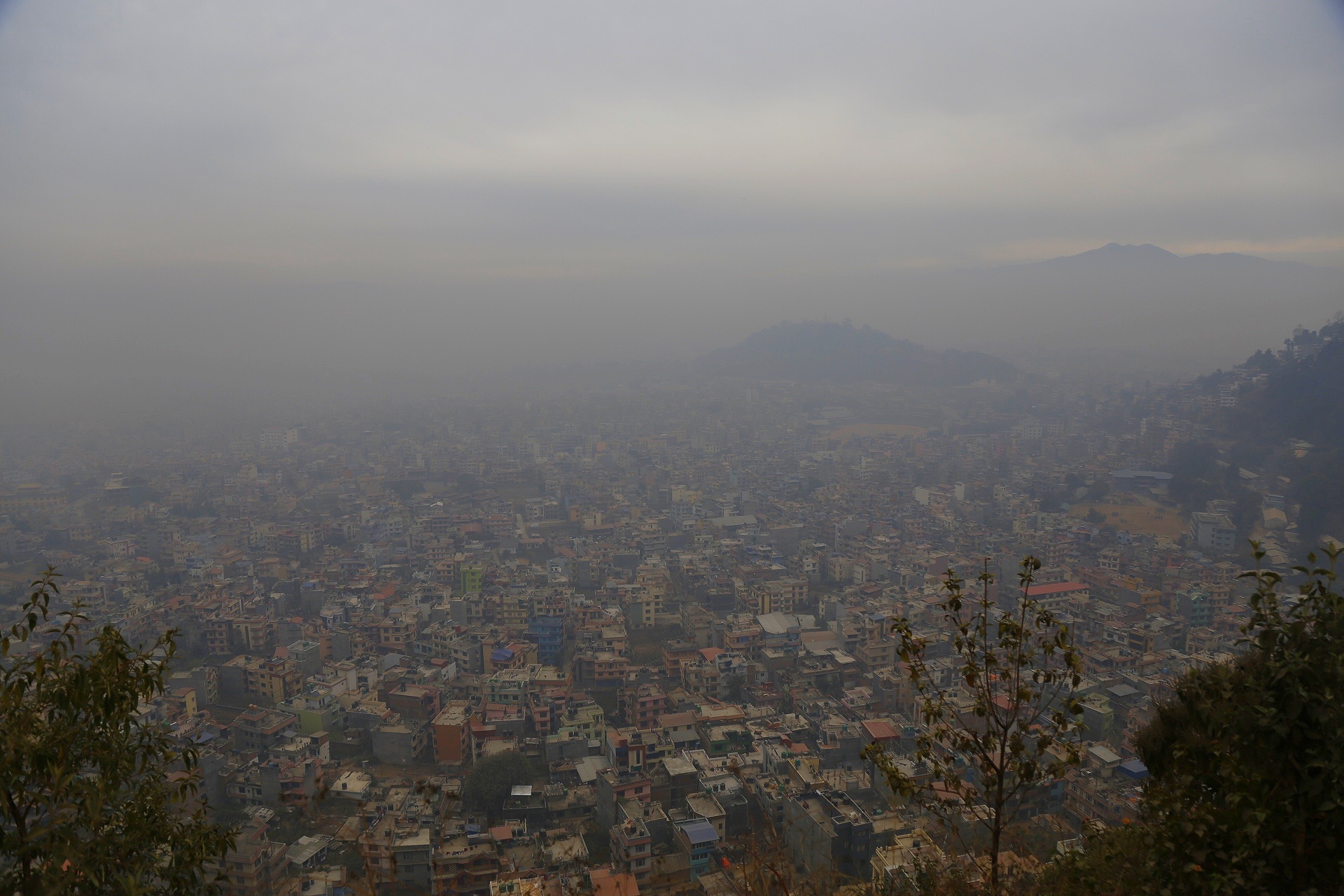Report on the US 29 Flash Bus Rapid Transit (BRT) Project: Phase 2 Development and Alignment with Sustainable Development Goals
Project Overview and Contribution to Sustainable Urban Development
The US 29 Flash Bus Rapid Transit (BRT) system, operational since October 2020, represents a significant investment in sustainable infrastructure, directly supporting the United Nations Sustainable Development Goals (SDGs). The initial phase of the project established a vital transit corridor between Downtown Silver Spring and Briggs Chaney, with additional service to Burtonsville. This initiative is a cornerstone of Montgomery County’s strategy to advance SDG 11: Sustainable Cities and Communities by providing residents with access to safe, affordable, and sustainable transport systems.
The project is now advancing to “Phase 2,” which aims to enhance the existing infrastructure and further the county’s commitment to sustainable development. The Montgomery County Department of Transportation (MCDOT) is facilitating this progression through a structured public engagement process.
Phase 2 Expansion and Public Consultation
The second phase of the US 29 Flash BRT project will focus on infrastructure upgrades along the segment between Sligo Creek Parkway and Tech Road. This development is critical for building resilient infrastructure and fostering inclusive and sustainable urbanization, in line with SDG 9: Industry, Innovation, and Infrastructure.
To ensure the project aligns with community needs and sustainability principles, MCDOT will host a public meeting on Thursday, August 28. This collaborative approach embodies the spirit of SDG 17: Partnerships for the Goals, by engaging citizens and stakeholders in the planning process. The meeting will be held at the Four Corners Ethiopian Evangelical Church in Silver Spring and is structured as follows:
- Public Meeting (6:00 p.m. – 7:00 p.m.): This session will focus on proposed facilities for pedestrians and cyclists. Enhancing infrastructure for active transport is essential for promoting SDG 3: Good Health and Well-being and reducing the carbon footprint of local travel, contributing to SDG 13: Climate Action.
- Corridor Advisory Committee (CAC) Meeting (7:00 p.m. – 8:00 p.m.): This meeting, also open to the public, will address the preliminary design of the Flash BRT corridor, ensuring the project’s technical and operational elements are robust and sustainable.
Alignment with Key Sustainable Development Goals (SDGs)
The US 29 Flash BRT Phase 2 project is intrinsically linked to several global sustainability targets. Its implementation directly supports the following SDGs:
- SDG 11 (Sustainable Cities and Communities): By expanding a rapid transit system, the project improves access to public transportation, reduces traffic congestion, and helps create more inclusive and sustainable urban environments.
- SDG 9 (Industry, Innovation, and Infrastructure): The project involves the development of quality, reliable, and sustainable infrastructure designed to support economic activity and human well-being with equitable access for all.
- SDG 13 (Climate Action): By providing an efficient alternative to private vehicles, the Flash BRT system contributes to the reduction of greenhouse gas emissions, a critical step in combating climate change.
- SDG 3 (Good Health and Well-being): The emphasis on pedestrian and cyclist facilities encourages active lifestyles and aims to improve road safety for all users.
- SDG 17 (Partnerships for the Goals): The public and CAC meetings demonstrate a multi-stakeholder partnership between government and the community to achieve shared sustainability objectives.
Which SDGs are addressed or connected to the issues highlighted in the article?
-
SDG 11: Sustainable Cities and Communities
The article’s primary focus is on the expansion of the US 29 Flash Bus Rapid Transit (BRT), a public transportation system. This directly contributes to making cities more inclusive, safe, resilient, and sustainable by providing an alternative to private vehicles.
-
SDG 9: Industry, Innovation and Infrastructure
The project involves upgrading and building new transportation infrastructure. The article mentions “Phase 2” of the project, which aims to “complement existing Flash BRT infrastructure,” highlighting the development of quality, reliable, and sustainable infrastructure.
-
SDG 3: Good Health and Well-being
The project includes a focus on “facilities for pedestrians and cyclists.” Promoting active transport like walking and cycling contributes to better physical health and can improve road safety for these vulnerable users.
What specific targets under those SDGs can be identified based on the article’s content?
-
SDG 11: Sustainable Cities and Communities
-
Target 11.2: “By 2030, provide access to safe, affordable, accessible and sustainable transport systems for all, improving road safety, notably by expanding public transport…”
Connection: The entire article is about the expansion and upgrade of the Flash BRT system, a form of public transport. The meeting’s focus on “facilities for pedestrians and cyclists” also aligns with improving road safety and providing access to sustainable transport options.
-
Target 11.2: “By 2030, provide access to safe, affordable, accessible and sustainable transport systems for all, improving road safety, notably by expanding public transport…”
-
SDG 9: Industry, Innovation and Infrastructure
-
Target 9.1: “Develop quality, reliable, sustainable and resilient infrastructure… to support economic development and human well-being, with a focus on affordable and equitable access for all.”
Connection: The article details “Phase 2” of the MCDOT Flash Project, which involves designing and implementing new infrastructure (“changes target the stretch of road between Sligo Creek Parkway and Tech Road”) to improve the existing BRT service.
-
Target 9.1: “Develop quality, reliable, sustainable and resilient infrastructure… to support economic development and human well-being, with a focus on affordable and equitable access for all.”
Are there any indicators mentioned or implied in the article that can be used to measure progress towards the identified targets?
-
For Target 11.2
-
Implied Indicator: Expansion of public transit service coverage.
Evidence: The article describes the project as moving into “Phase 2” to “complement existing Flash BRT infrastructure” and expand service that already runs “between Downtown Silver Spring and Briggs Chaney.” The completion of Phase 2 would be a direct measure of expanded access to public transport. -
Implied Indicator: Development of infrastructure for non-motorized transport.
Evidence: The public meeting is explicitly set to discuss “facilities for pedestrians and cyclists.” The construction and length of these new facilities would serve as a direct indicator of progress.
-
Implied Indicator: Expansion of public transit service coverage.
-
For Target 9.1
-
Implied Indicator: Investment in and completion of sustainable infrastructure projects.
Evidence: The article discusses the project’s timeline, including a “preliminary design” phase and public meetings. The progression through these stages and the eventual completion of “Phase 2” of the Flash BRT project serve as indicators of infrastructure development.
-
Implied Indicator: Investment in and completion of sustainable infrastructure projects.
Create a table with three columns titled ‘SDGs, Targets and Indicators” to present the findings from analyzing the article. In this table, list the Sustainable Development Goals (SDGs), their corresponding targets, and the specific indicators identified in the article.
| SDGs | Targets | Indicators |
|---|---|---|
| SDG 11: Sustainable Cities and Communities | Target 11.2: Provide access to safe, affordable, accessible and sustainable transport systems for all, improving road safety, notably by expanding public transport. |
|
| SDG 9: Industry, Innovation and Infrastructure | Target 9.1: Develop quality, reliable, sustainable and resilient infrastructure… with a focus on affordable and equitable access for all. |
|
| SDG 3: Good Health and Well-being | Target 3.6: Halve the number of global deaths and injuries from road traffic accidents. |
|
Source: mymcmedia.org







